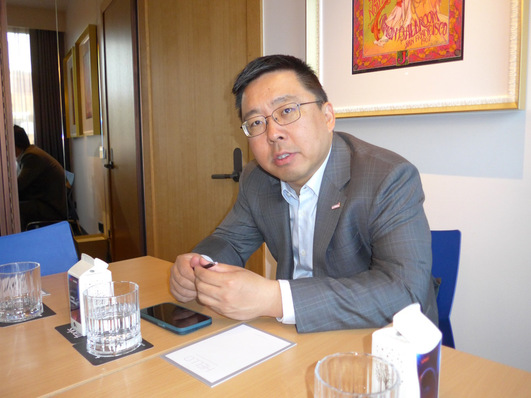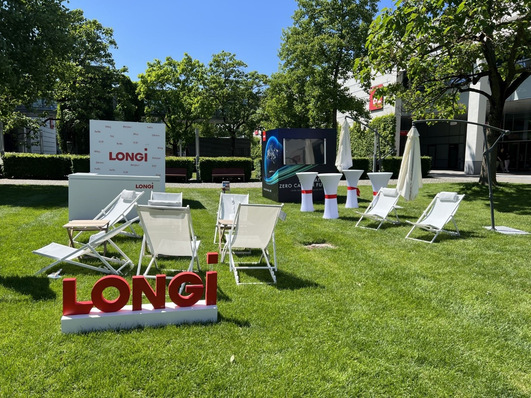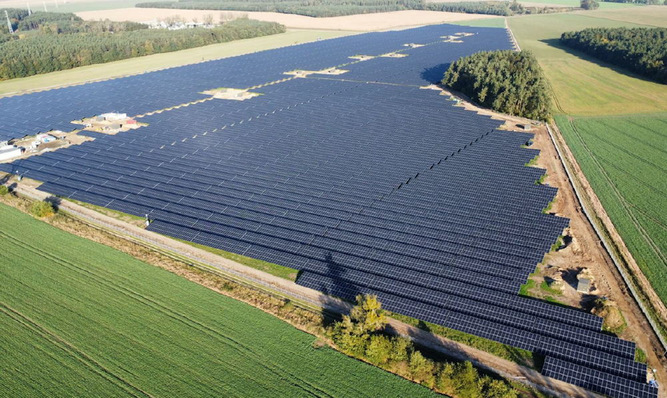Inverters are the brain of the solar power system, because they convert solar DC power into usable AC energy and are measured by size, efficiency, and reliability. While advances have been made in the solar inverter space throughout the years, the large size of magnetics and cooling components have significantly limited any leapfrogging in the inverter space.
Reducing size and weight of the inverter
SolarEdge’s new HD-Wave technology will dramatically reduce the size of the inverter's magnetics by means of advanced digital processing. At the same time, the new technology is designed to increase reliability and optimize the performance of solar energy systems to 99 per cent efficiency and beyond, an increase that will provide more solar power at lower cost.
Farewell to the IGBT
The SolarEdge engineers said farewell to the common IGBT used in traditional solar inverters. They are using low-voltage silicon Mosfets in a multi-level switch topology. These distributed multi-level switching elements can create a sine wave that a powerful DSP processor can then synthesize into a clean sine wave, versus the crude sine wave of current inverters. This means that less magnetics are required for the filtering. This highly efficient design with minimal heat loss thus reduces cooling requirements.
Avoiding costly magnetic components
Inverters usually switch their DC input between two or three voltage levels to create an average sine signal. This signal is very rough and then a large, heavy inductor (which is a magnetic electrical component) is used to filter this rough signal into a smooth and clean AC sine wave. With HD-Wave technology, SolarEdge initially creates a much smoother sine wave (a high-definition wave) thus avoiding the heavy and costly magnetic components while gaining efficiency.
Real multi-level switching
The engineers in the SolarEdge lab started by replacing the high-voltage IGBT switches with multiple low voltage ones. This technique is called “multi-level switching”. While many other companies have tried implementing in inverters with multi-level-technology, the levels were usually only three, as the algorithmic complexity for more than three levels is high. But three-level topology means that high-voltage switches are still needed. Some savings are received, as the wave creation is better than the standard two-level topology. SolarEdge also uses high power DSP and some better algorithms to create more levels, which allows them to use low-voltage switches. This method produces dramatically less losses than IGBT switches.
Much faster switching rate
But they didn’t stop there – low-voltage switches allow for a much faster switching rate (frequency) than with IGBTs, but without additional losses. So they have increased the rate (and with it the computational power needed) and the created sine wave is now even finer. Overall the improvement in the sine wave creation is 16 times compared to standard inverters, therefore they need 16 times less magnetics. Overall the improvement in losses is two to three times, so they need less than half of the heavy aluminum enclosure to dissipate heat.







